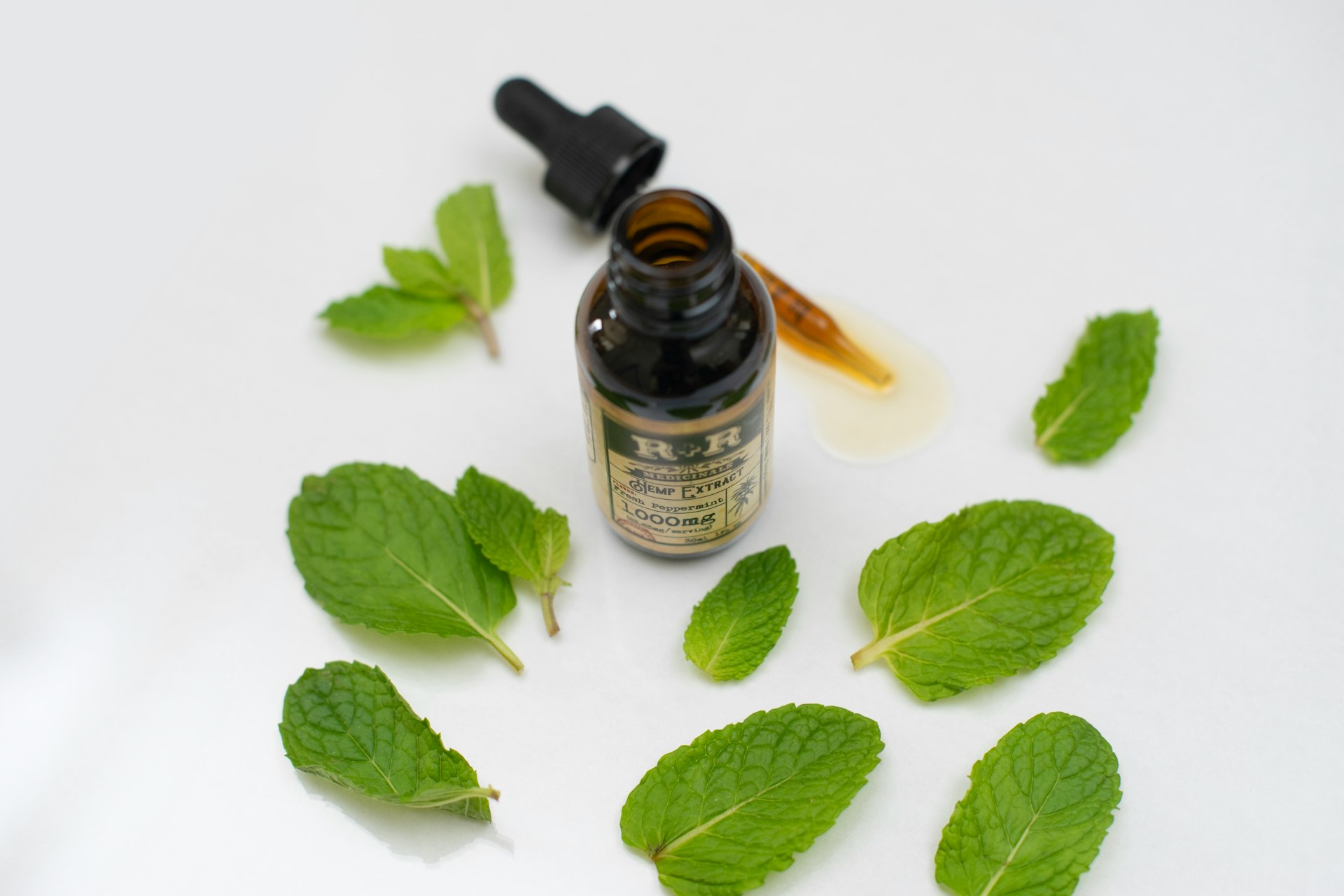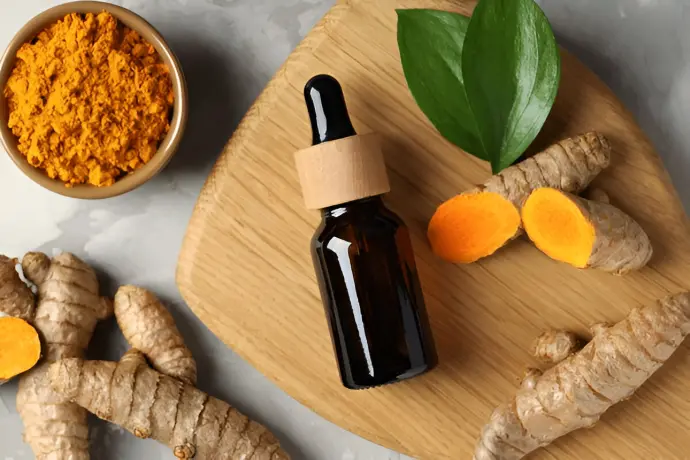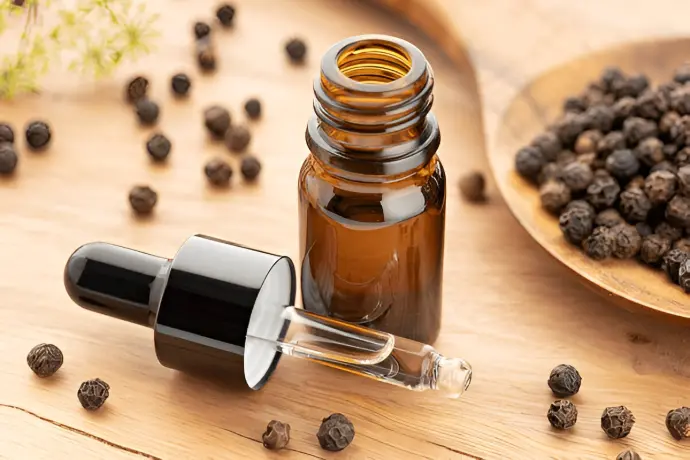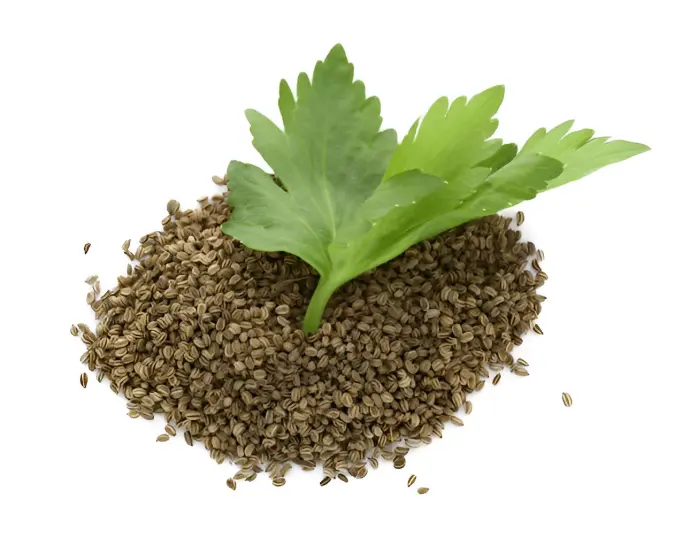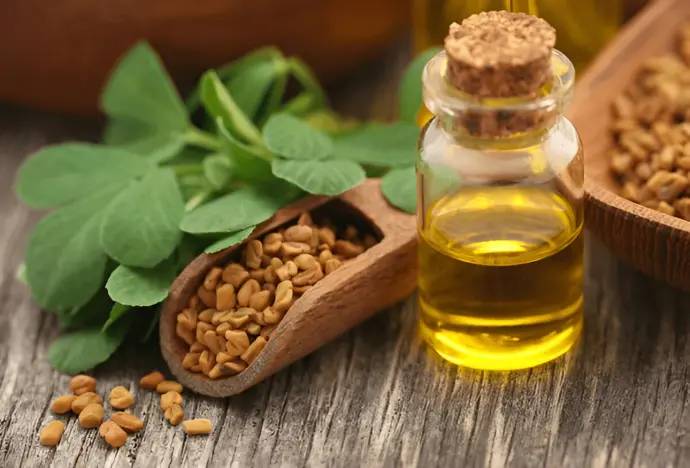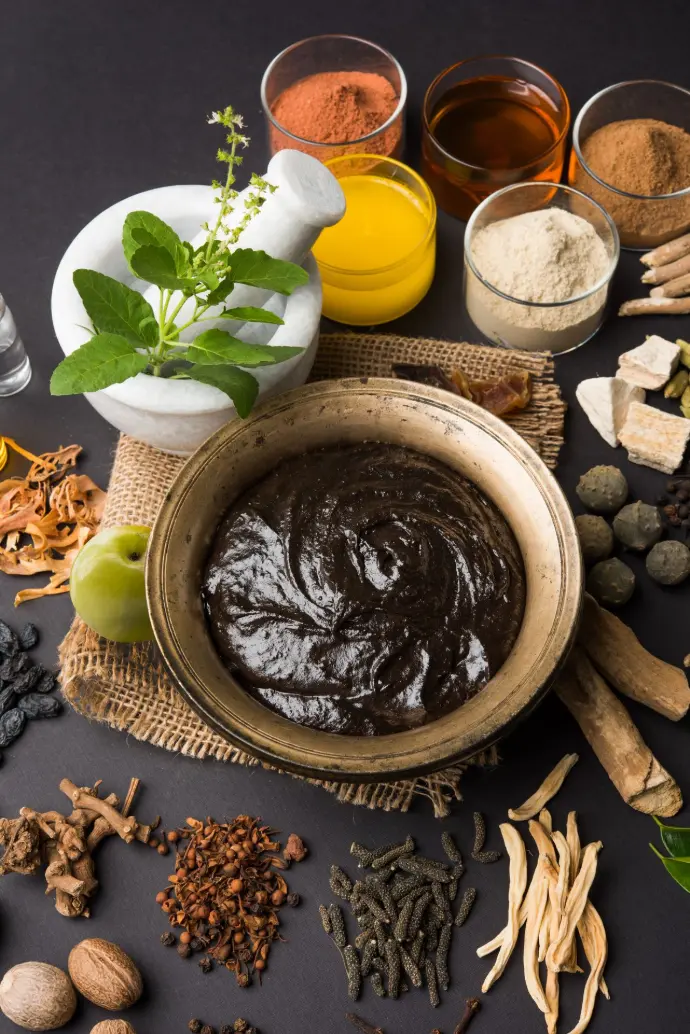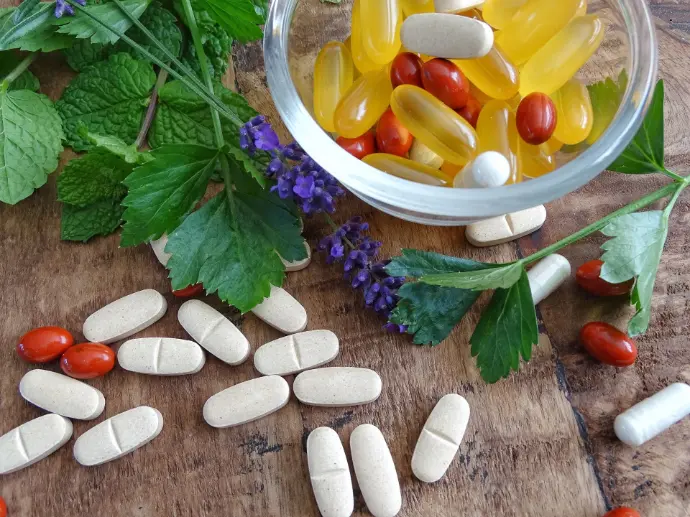About Product
Mentha arvensis Oleoresin, a greenish-brown concentrated extract derived from the wild mint plant, is composed of both essential oils and resins that carry the strong, penetrating aroma characteristic of field mint. Commonly known as Japanese mint or corn mint, Mentha arvensis has long been prized for its invigorating, crisp flavor and intense cooling sensation, which is largely attributed to its high menthol content. The oleoresin captures the complete aromatic spectrum of the herb, combining volatile oils and non-volatile compounds, making it an invaluable ingredient across food, pharmaceutical, cosmetic, and aromatherapy industries.
The essential oil component includes active constituents like menthol, menthone, isomenthone, limonene, pulegone, and 1,8-cineole, all contributing to its cooling, minty, and herbaceous profile. Menthol serves as the primary bioactive compound, responsible for the signature sharpness, soothing sensation, and medicinal effects of the oleoresin. Meanwhile, the resin portion provides greater fixative strength, enhancing its longevity in topical and oral formulations such as balms, rubs, toothpastes, and mouthwashes.
In the food and beverage industry, Mentha arvensis oleoresin is widely used to flavor chewing gums, candies, mouth fresheners, teas, and cold beverages, offering a clean and intense mint flavor with lasting freshness. It is also a staple in oral care products where it not only freshens breath but also contributes antimicrobial properties for gum and dental hygiene.
In pharmaceutical applications, this oleoresin functions as a decongestant, expectorant, analgesic, and anti-inflammatory, making it effective in treating colds, coughs, nasal congestion, headaches, and muscular pains. It is commonly found in chest rubs, nasal inhalers, and pain-relieving ointments due to its quick-acting cooling and numbing effects.
In the cosmetic and personal care industry, it is widely incorporated into aftershaves, shampoos, conditioners, lotions, soaps, lip balms, and toothpastes for its refreshing scent, skin-cooling action, and antimicrobial benefits. Its ability to stimulate blood circulation also makes it a useful component in scalp care and muscle recovery products.
Additionally, in aromatherapy, the sharp, minty scent of Mentha arvensis is used to stimulate mental clarity, alleviate fatigue, and refresh the senses. Its natural analgesic, antispasmodic, antiseptic, and anti-inflammatory properties further enhance its usefulness in topical formulations for rheumatic pains, insect bites, minor cuts, and muscle soreness.
Overall, Mentha arvensis oleoresin stands out as a versatile and highly functional botanical extract, valued for its intense flavor, therapeutic efficacy, and aromatic strength in a wide range of industrial and therapeutic applications.
Composition
- Menthol: The main active compound responsible for its cooling effect and minty aroma.
- Menthone: A secondary compound that contributes to the minty, refreshing scent.
- Other Components: Isomenthone, limonene, and pulegone that enhance its fragrance and medicinal properties.
Physical Characteristics
- Appearance: Colorless to pale yellow liquid.
- Odor: Strong, fresh, minty, and slightly herbal.
- Taste: Cool, minty, and slightly bitter.
Health Benefits
- Pain Relief & Analgesic:
- The menthol in cornmint oil provides a cooling effect that helps relieve pain from headaches, muscle aches, and joint pain.
- Anti-inflammatory:
- Cornmint oil helps reduce inflammation in the skin, muscles, and joints, often used in anti-inflammatory balms and ointments.
- Respiratory Health:
- Helps to clear nasal passages, relieve sinus congestion, and ease breathing difficulties.
- Digestive Health:
- Aids digestion, reduces bloating, and relieves nausea.
- Antibacterial & Antifungal:
- Exhibits strong antibacterial and antifungal properties, which make it effective in treating skin infections and promoting overall skin health.
- Oral Health:
- Used in oral care products such as mouthwashes and toothpaste to freshen breath and improve oral hygiene
Key Features
- Source: Derived from the leaves of the Mentha arvensis plant (cornmint).
- Active Ingredients: Menthol, menthone, and other essential oils.
- Physical Characteristics: Colorless to pale yellow, with a minty, fresh aroma.
- Applications: Food, beverages, pharmaceuticals, cosmetics, fragrance.
- Health Benefits: Pain relief, anti-inflammatory, respiratory support, digestive health, antibacterial, and antifungal properties
Application
Food & Beverage:
- Flavoring Agent: Adds a fresh, minty flavor to chewing gums, candies, beverages, and confectionery.
- Preservative: Due to its antimicrobial properties, it is sometimes used as a natural preservative in food products.
Pharmaceuticals:
- Analgesic: Often used in creams and balms for pain relief, especially for headaches, muscle pain, and joint pain.
- Respiratory Health: Provides relief from nasal congestion and sinus issues due to its cooling and decongestant properties.
- Digestive Aid: Used in products that promote digestion and relieve nausea, indigestion, and bloating.
Cosmetics & Personal Care:
- Skincare: Known for its cooling, soothing, and anti-inflammatory effects, making it ideal for skincare products such as creams and lotions.
- Haircare: Helps to promote healthy scalp conditions and may help with dandruff prevention.
Fragrance Industry:
- Used in Perfumes and Air Fresheners: Cornmint oil is used in the creation of minty, fresh fragrances for perfumes, air fresheners, and other scented products.
